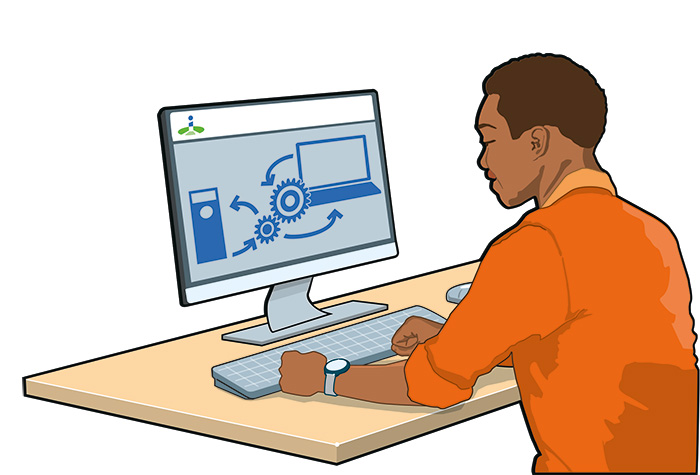How do I set automatic transitions?
Automatic transitions allow you to link actions to a booking without requiring manual input from the administrator. Think of sending standardized emails or changing the booking status. This page explains how to configure and edit these automatic transitions.
Where can you find the automatic transitions?
Automatic transitions can be configured per product. Go to Configuration – Objects – Manage Products and click the Workflow button for the relevant product. The dashboard will open and the Automatic transitions block will be visible.
Example
The following three examples illustrate how the feature works.
Example 1: Booking is paid
If the booking is paid, the status changes automatically from 20 Open to 30 Open, paid.
Example 2: Reminder – booking not paid
If the booking is not paid after 7 days, the status changes from 20 Open to 21 Open, reminder.
Example 3: Booking cancellation
Two days after the reminder and still unpaid, the status changes from 21 Open, reminder to 80 Rejected.
Create an automatic transition
Click the + in the Automatic transitions block to add a new row. A popup window will open to configure the transition. Fill it out according to the examples above.
Edit an automatic transition
Click the pencil icon on the row to edit the transition settings.
Delete an automatic transition
Click the trash can icon on the corresponding row to remove the transition from the system.
Copying automatic transitions
If multiple products share the same transitions, use Copy items in the action block. Select the target product and choose whether to Add or Replace existing transitions.
Note when copying automatic transitions!
When selecting the Replace option while copying transitions, all existing transitions of the target product will be removed and all transitions from the source product will be added to the target product. If you choose Add, the existing transitions of the target product will remain and all transitions from the source product will be added.
In both cases, the system will immediately check whether any actions need to be executed. If bookings are found with a status that matches a newly configured transition, the corresponding action will be triggered — even if that action was already executed in the previous (possibly deleted) flow!
This can especially lead to problems or unintended actions when using automatic transitions with actions such as Send an email or Send an SMS. Therefore, it is strongly advised not to use the copy function when the target product already has bookings and the transitions involve actions that do not result in a status change.
Prefer using a status change as an automatic transition
In a well-structured flow, the current status of a booking should always reflect the actions that have taken place (for example: status 30 – Paid or status 25 – Payment Reminder). By only using automatic transitions that perform the action Change transition (i.e., change the status), you create a safe and traceable flow. Of course, this requires a bit more setup for each product, as all emails and/or SMS messages must be configured in the Email Status and SMS Status blocks based on status transitions. However, this extra effort ensures that transitions can be modified, removed, or added without issues — and makes it safe to use the copy functionality mentioned above.





